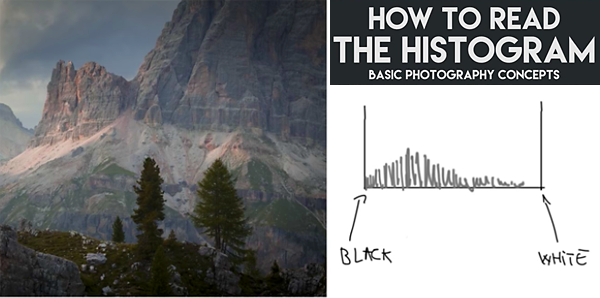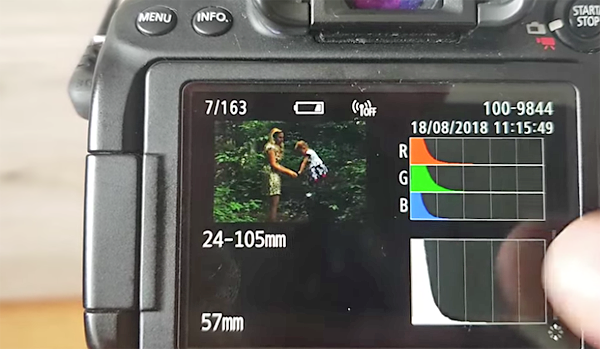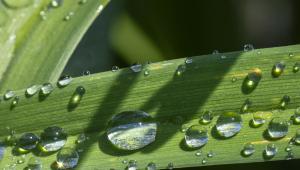Photo Basics: Use Your Camera’s Histogram to Get Perfectly Exposed Photos Every Time (VIDEO)

Arriving at a proper exposure can often be a challenge, especially when shooting under difficult lighting conditions outdoors. In this helpful video, Romanian pro photographer Toma Bonciu explains how to read a camera’s histogram and use the information to nail perfect exposures with ease.
Bonciu is a self-taught landscape/adventure photographer who says his beautiful images are “all about the histogram,” and he begins this 7-minute tutorial with a quick review of how this powerful tool works. He then demonstrates how to make accurate exposure decisions with a quick glance at your camera’s LCD.

This idea is to avoid under- or overexposed images by capturing the entire dynamic range of a scene. Bonciu notes that some scenes have such a wide range of tones that it’s impossible to avoid both blown-out highlights, and shadows lacking detail. Here, the solution is to make a sensible compromise based upon the most important elements in the shot, or bracket several exposures and combine them in Photoshop for a single perfect image.

Once he covers the basics, Bonciu delves into the more refined technique of reading histograms for the red, green, and blue color channels. Once you understand this rather simple concept, poorly exposed photos with incorrect colors will be a thing of the past—regardless of whether you’re shooting landscapes, portraits, or any number of other subjects.

You can find more helpful tutorials on Bonciu’s YouTube channel. And with autumn just around the corner, don’t miss an earlier video of his we posted with 10 great tips for dramatic fall photos.














































